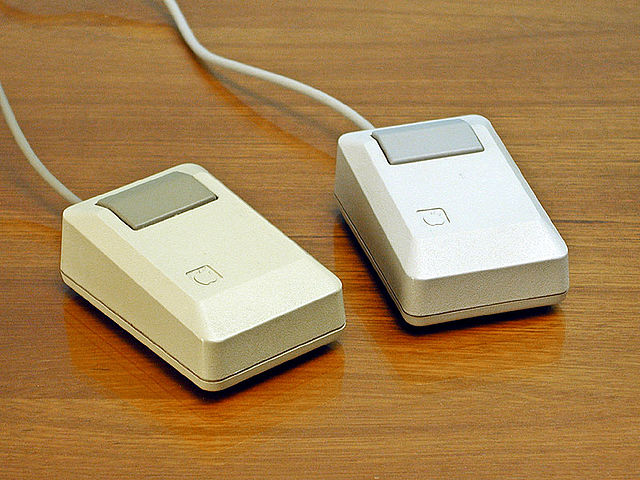Complexity vs Complexity
Balancing Interaction Complexity against Interface Complexity
A common mistake designers make is to not account for interaction complexity when designing interfaces. Interface complexity is often the only kind of complexity considered, and this missing perspective is responsible for bottlenecks and much unnecessary friction in products.

Imagine that you want to send a message, let's take a look at two possible ways of doing this. First we'll consider the telegraph key, it has an irreducibly simple interface consisting of just one button, it literally could not be more simple, however the interaction complexity is exceptionally high, the user is required to tap out messages in Morse code, an outcome which cannot be inferred from its interface.

Next let's look at a keyboard, a device where the interface complexity is extreme; on most keyboards there are 104 keys. So, let's say it's 104x more complex than the telegraph key interface. However, the interaction complexity is far simpler than the telegraph key. To type an 8 on a telegraph key, that's dash, dash, dash, dot, dot (and don't make a mistake!), to do the same on a keyboard requires you to simply locate the number and tap it. If you get it wrong, there's the backspace key; finally, the task of typing on a keyboard can also be mostly inferred from the interface, which is not true of the telegraph key. Which one would you rather write a book with? The simple interface? Or the complex one?
To hammer the point home, the average telegraph operator would tap 10 times a second to achieve a very rapid 24 words per minute. Professional QUERTY keyboard typists routinely hit 95 words per minute, but, if you increase the level of complexity further and look at professional stenographers, they can achieve an astonishing 360 words per minute.

Achieving both minimal interaction and interface complexity is of course possible; Apple opted for a single button mouse on the original Macintosh (most mice at the time had 3 buttons) and a huge engineering and design effort was required to support this pairing of simple interface/ interaction in the system and software, however compromise was needed including the invention of the double-click[1].

All in all, reducing interface complexity can cause interaction complexity, and interaction complexity is what costs users the most time. Bare this in mind when looking over the section on progressive disclosure and make sure this is not a mistake that you're making. 
[1] Double click is not a universally loved idea, see https://blog.codinghorror.com/double-click-must-die/